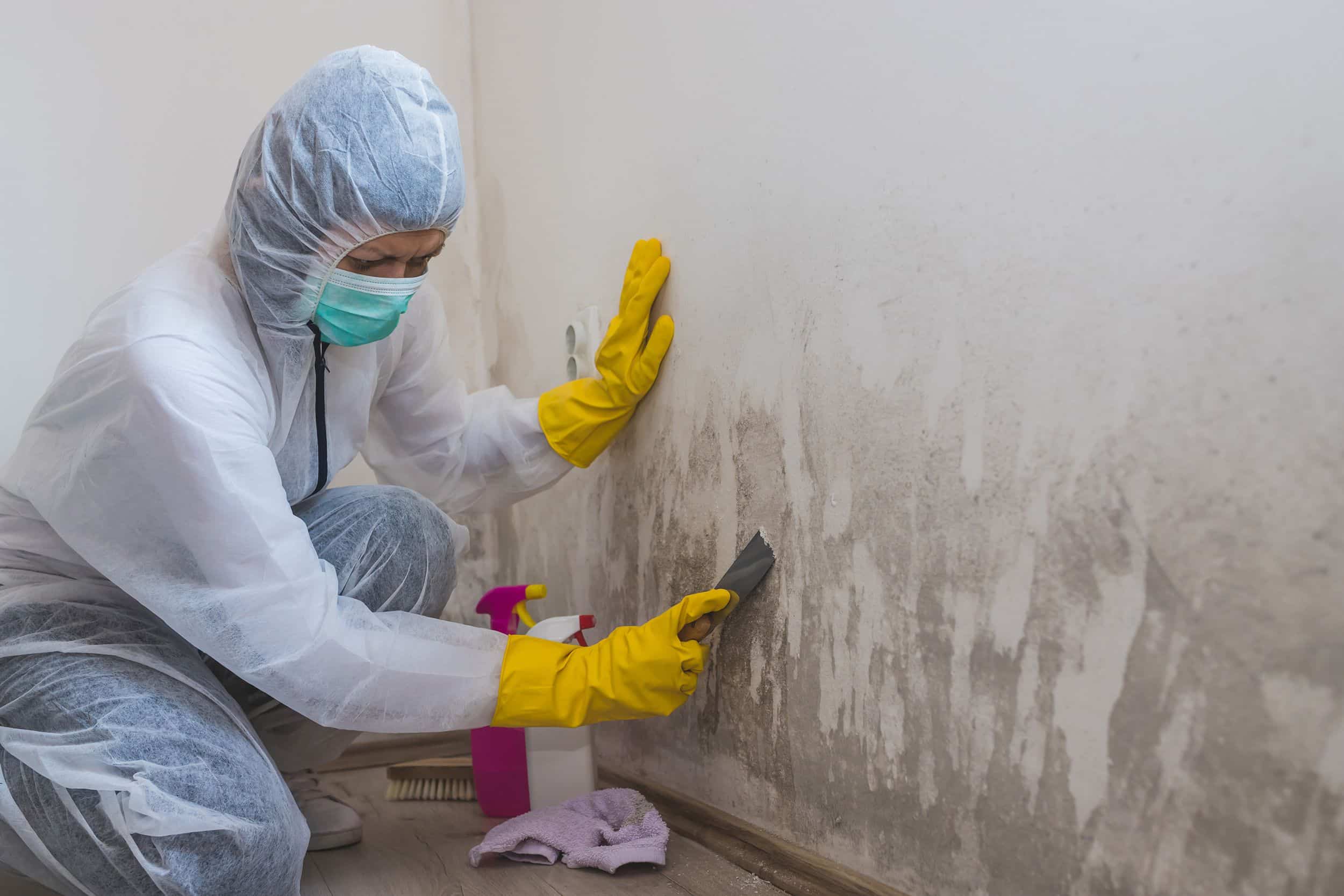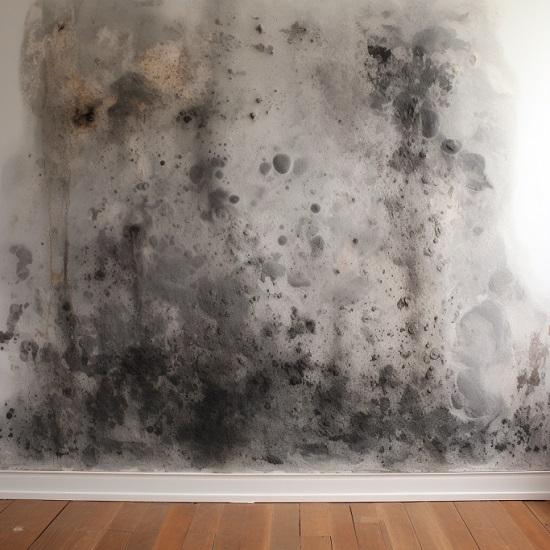Crafting an In-depth Post Mold Remediation Report
Wiki Article
Expert Tips for Blog Post Mold Removal Success
In the realm of mold removal, efficiently eliminating mold and mildew is only half the battle; the true obstacle exists in stopping its reappearance. By adhering to professional ideas and ideal techniques, individuals can guard their areas against mold renewal and preserve a healthy and balanced interior setting.
Display Moisture Levels Consistently
After finishing mold and mildew remediation treatments, preserving optimum humidity levels is vital to prevent mold and mildew re-growth and make sure a healthy and balanced interior atmosphere. High moisture levels above 60% create a favorable atmosphere for mold and mildew to grow, making normal monitoring a positive step to avoid any type of future mold and mildew concerns.Making use of hygrometers or dampness meters can assist in precisely determining moisture levels in various locations of the residential or commercial property. These tools supply real-time data that makes it possible for removal specialists to make educated decisions pertaining to ventilation, dehumidification, and various other required actions to maintain excellent humidity levels post-remediation. In addition, establishing a routine timetable for moisture checks, especially in risky areas such as kitchen areas, basements, and bathrooms, is an aggressive method to mold prevention. By regularly monitoring moisture degrees, property proprietors can efficiently minimize the danger of mold reoccurrence and keep a healthy interior atmosphere post-remediation.
Conduct Thorough Inspections Post-Remediation
Following the completion of mold remediation procedures, it is imperative to carry out detailed inspections to verify the efficiency of the remediation process. These post-remediation evaluations are important in guaranteeing that the mold and mildew concern has actually been successfully resolved which there is no recurrence or staying mold development. Evaluations need to be performed by certified experts who have experience in recognizing mold and assessing indoor air top quality.During these evaluations, numerous techniques such as aesthetic assessments, air tasting, and surface area sampling might be used to completely examine the remediated locations. Aesthetic assessments include a detailed evaluation of the premises to look for any kind of visible indicators of mold and mildew growth or water damage. Air tasting aids in figuring out the airborne mold spore degrees, while surface sampling can detect mold and mildew particles on surfaces.
Implement Proper Ventilation Methods
After ensuring the effectiveness of the mold and mildew removal process through comprehensive examinations, the following important action is to concentrate on carrying out correct ventilation techniques. Appropriate air flow is important in protecting against mold reoccurrence by controlling wetness degrees and promoting air flow. To accomplish this, it is advised to make use of exhaust fans in areas vulnerable to high humidity, such as kitchen areas and washrooms. Additionally, opening doors and windows when climate allows can aid enhance air movement and decrease moisture accumulation. Air cleansers and dehumidifiers are likewise useful tools in keeping optimum indoor air top quality.
Correct air flow not only help in stopping mold development but additionally adds to the overall wellness and convenience of owners. By ensuring appropriate ventilation throughout the residential property, you can reduce the danger of mold and mildew regrowth and create a much healthier living atmosphere.

Use Mold-Resistant Products for Fixes
To enhance the long-lasting effectiveness of mold removal initiatives, incorporating mold-resistant products for repairs is critical in mitigating the danger of future mold development. Mold-resistant products are designed to endure wetness and hinder mold and mildew growth, making them a necessary selection for areas vulnerable to wetness and humidity. When fixing locations affected by mold, making use of products such as mold-resistant drywall, mold-resistant paints, and mold-resistant caulking can assist prevent mold recurrence.Mold-resistant drywall is an outstanding choice to traditional drywall in areas like washrooms and basements where wetness degrees are higher. When subjected to damp problems, this type of drywall has a special finishing that stands up to mold development also. In addition, using mold-resistant paints having antimicrobial representatives can further inhibit mold and mildew advancement on wall surfaces and ceilings.
In locations where wetness is typical, such as bathroom and Post Mold Remediation kitchens, using mold-resistant caulking around sinks, home windows, and tubs can assist secure out water and protect against mold from taking hold in splits and holes. By buying these mold-resistant products throughout repair services post-remediation, you can significantly minimize the likelihood of future mold and mildew issues and maintain a healthier indoor environment.
Maintain Sanitation and Address Water Issues
After mold and mildew remediation, it is vital to maintain a clean atmosphere to prevent the regrowth of mold. Leakages, water invasion, or high moisture levels can produce the ideal breeding ground for mold and mildew, so it is essential to take care of any water-related troubles promptly.To keep tidiness, take into consideration using HEPA filters in vacuums and air cleansers to catch mold spores and stop their circulation airborne. In addition, making sure proper ventilation in locations susceptible to moisture accumulation, such as shower rooms and cooking areas, can help keep moisture degrees in check. By staying alert regarding tidiness and attending to water concerns without delay, you can successfully protect against mold reinfestation and keep a healthy indoor setting.
Verdict

In the world of mold remediation, effectively eradicating mold and mildew is just half the battle; the real difficulty exists in preventing its reappearance. After completing mold and mildew remediation procedures, preserving ideal humidity degrees is vital to stop mold re-growth and guarantee a healthy and balanced indoor setting. High moisture degrees over 60% develop a favorable atmosphere for mold to flourish, making normal checking a proactive step to stop any type of future mold and mildew concerns.
To improve the long-lasting efficiency of mold removal initiatives, incorporating mold-resistant materials for fixings is essential in reducing the threat of future mold and mildew development. After mold remediation, it is critical to keep a clean setting to protect against the regrowth of mold and mildew.
Report this wiki page